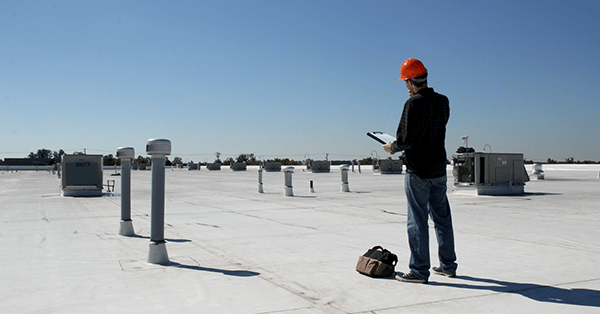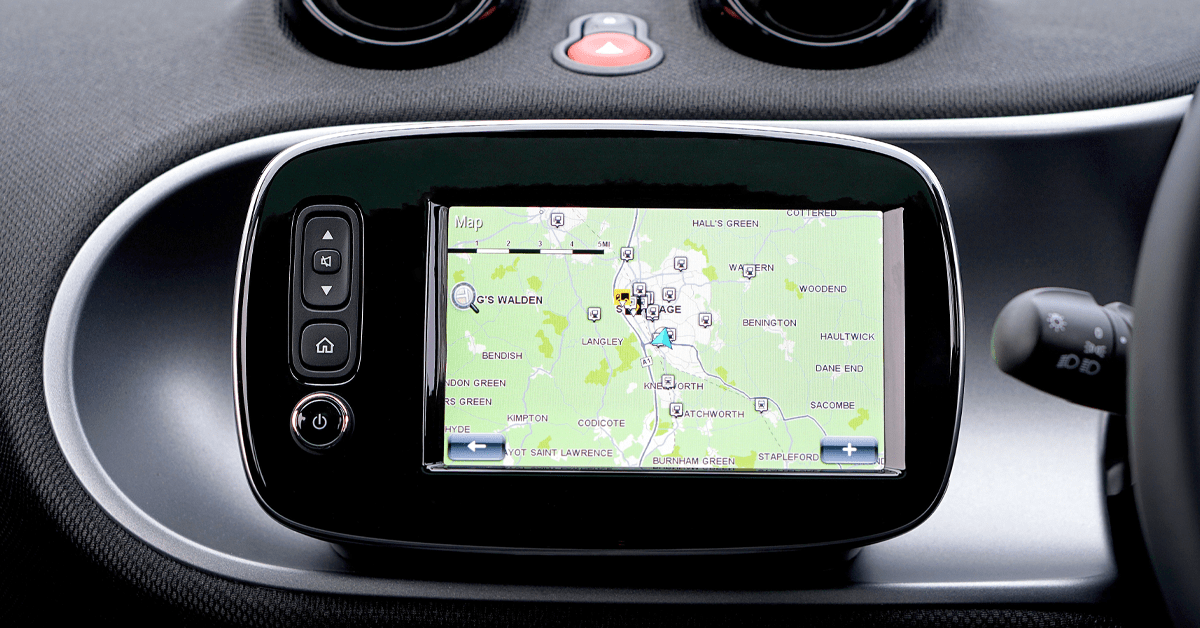History of GPS Technology in the Field Service Industry
By My Service Depot on Wednesday, September 2, 2020GPS and navigation technologies have evolved significantly over the years, culminating in today's advanced field service routing software.
In the field service industry, technicians waste an untold amount of time driving to and between jobs. When in transit, technicians cannot complete any billable work. Instead, they have to focus on the road and their eventual destination. If you can figure out a way to reduce windshield time, you can devote more time to billable production. More time on jobs means you can tackle more jobs in a day, which means more customers (and more revenue) for the company as a whole. For this reason, service companies have long sought ways to cut down on drive time.
Old School Navigation Techniques
Before modern GPS and navigation technologies, businesses had all sorts of ways to attempt efficient navigation. One tried and true method? Asking customers for directions when they call in to request service. This led to all sorts of issues, as turning “by that large oak tree at the end of the road” isn’t exactly a precise command.
In the old days, field service pros kept maps of their territory in their vehicles. These came in handy after making a wrong turn, but they still required techs to stop driving altogether and study the lay of the land before proceeding.
Many office dispatchers prepared paper driving directions and attached them to their techs’ clipboards. This mostly worked, but assumed techs would always follow the instructions to the letter. Once they missed a turn, it became incredibly difficult to get reoriented.
These options also shared one glaring issue: human error. Techs would get lost constantly! Often, they had to radio or call the office for help, remaining stationary (and unprofitable) until receiving further instructions.
GPS Changes the Game
At its inception, GPS wasn’t a viable solution to the routing issues many technicians faced. GPS debuted commercially in 1989 with the NAV 1000, a bulky, inefficient, pricey system. The NAV 1000 came with a price tag of $3,000 and provided only a few hours of battery life (forcing drivers to rely on the primitive navigation techniques described above). Freight and delivery companies were some of the only industries able to justify such an investment.
Advancements in GPS technology came slow going at first. Until the year 2000, the military placed restrictions on the accuracy of GPS readings. Once lifted, it took only 4 short years before the first combination of GPS and cellular signals offered consumers better location accuracy. From there, we’ve seen a steady climb in accuracy, availability, and connectivity, all culminating in the GPS features we have today on almost all of our mobile devices. With numerous routing options and alerts for road work or detours, many of the old methods of finding your way to a customer’s location have gone by the wayside.
Now, technicians simply need to enter an address into their phone and follow the route it spits back. Apps like Google Maps track traffic and can help drivers avoid road work.
But that doesn’t mean your phone represents the pinnacle of GPS technology. Believe it or not, the field has continued to evolve.
Scheduling and Routing Software
Scheduling and routing software like Smart Service takes GPS one step further. With Smart Service, techs can avoid slow-downs on the road, and they can efficiently route all of their jobs for the day before beginning work. This will give them the most efficient route possible, from the first job of the day until closing time. Using the Smart Find tool, new jobs can even be evaluated for availability during the current day and inserted into a route automatically when time allows. Smart Service takes the hassle out of all your job-to-job driving!
But Smart Service GPS features don’t stop at simple navigation and routing. Once a tech arrives at a major job site (like a school or hospital), they may have some difficulty finding an individual piece of equipment.

Smart Service helps with this, too. Smart Service logs equipment GPS coordinates, giving users the option to drop a GPS pin on a customer’s property. This helps techs do work for customers with recurring jobs or large properties. Rather than referring to notes or having to pester the owner for directions, a technician can simply look at their device and walk straight to the equipment that needs attention.
Conclusion
GPS has come far in the short time it has been available. Reducing drive time and locating equipment represent only a few of the benefits this technology provides. With GPS technology developing at such a rapid rate, who knows what boons will the next great leap bring?


